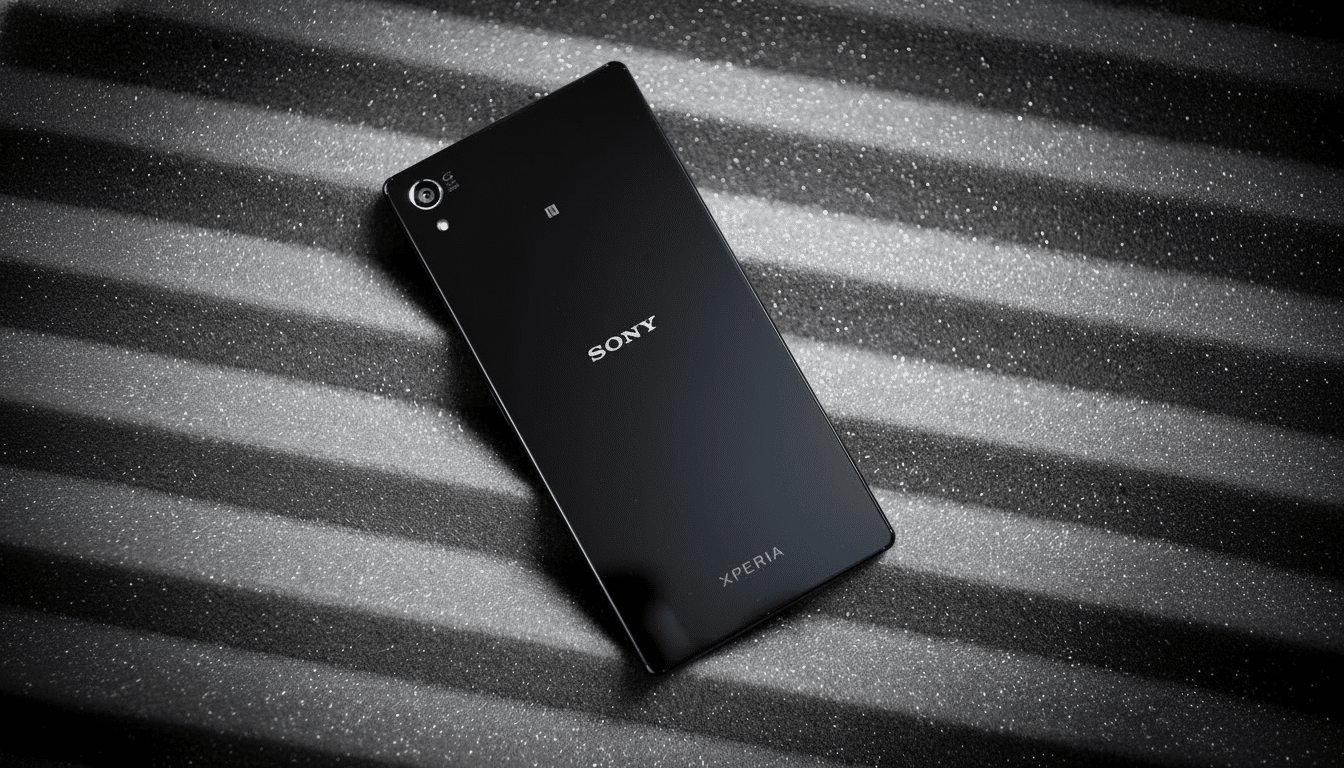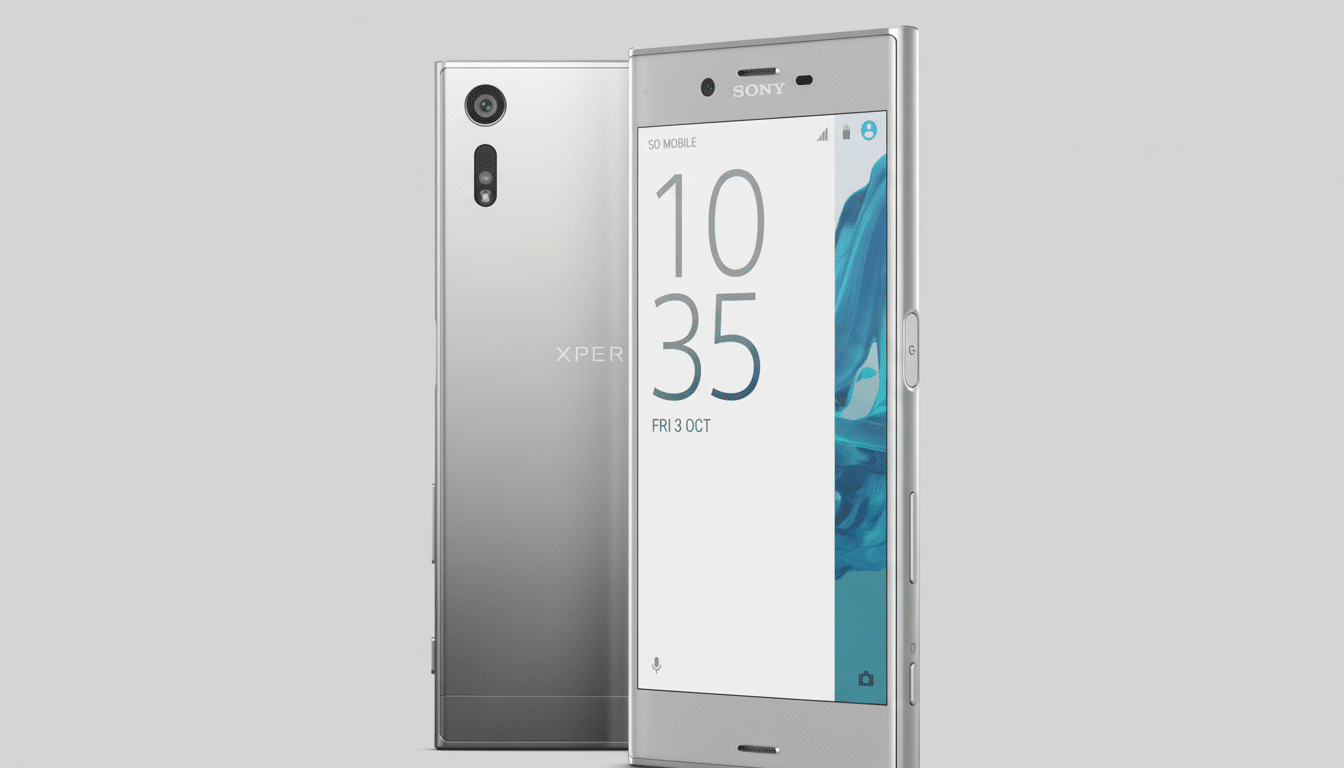Smartphone boxes have been gradually slimming down in recent years, and the next step could be a drastic one: no charging cable inside the box. Some manufacturers are even experimenting with ultra-minimalist boxes that include nothing but a phone and paperwork, after flagships lost their chargers. It’s not a matter of whether they have the ability to do it — it’s a question of whether consumers will wear it.
Hints are already here. Recent retail packaging for a midrange Xperia model has no brick and no USB-C cable. Several lines of earbuds have quietly transitioned to box-free cables. If this ends up as the norm for phones, it will change how we unbox, charge, and even trust our daily devices.

Why Charging Cables Are Disappearing From Phone Boxes
The environmental argument is straightforward. That’s just over a fifth of the e-waste that the world produced in 2022, according to a report from the United Nations’ Global E-waste Monitor — an estimated 62 million metric tons. Eliminating duplicate accessories and reducing packaging weight can therefore cut both material use and transportation emissions.
Standardization helps make the case. USB-C is now required for small electronics in the European Union, and it’s widely adopted elsewhere — so many buyers already have home-compatible cables. Lighter boxes also translate into more units per pallet, fewer flights and trucks with less fuel burned, and lower logistics costs. It’s green — and undeniably economical.
Scale magnifies the savings. IDC projects that smartphone shipments will total around 1.17 billion units in 2023. If a cable even costs half a buck to include, forgoing all of those could release hundreds of millions across an industry cycle — that’s before the leaner boxes and the chance for accessory upsells.
What Now Exists in the Box When Shipped Without a Cable
There’s a catch, though: not all USB-C cables are created equal. Some support speeds of up to 480 Mbps; others can do 10 Gbps or more. Power delivery varies, too. High-wattage charging (up to 100W, or the newer 240W Extended Power Range) calls for well-made cables, sometimes with e-marker chips to safely negotiate voltage and current. On the downside, inexpensive uncertified leads can cause charging to be throttled, flaky data transfer, or, in bad cases, destroy and overheat ports.
That’s why the USB Implementers Forum advises buyers to seek out certified USB-IF logos and correct labeling. Brands may say you already have a good cable, but first-time buyers or companies managing fleets of phones might not. By skipping a bundled cable, brands are courting potential disaster when third-party cables are used — those very low-quality accessories that regulators and safety labs warn against.
Still, wireless charging isn’t the clean escape chute that it should be. Qi2 holds out the prospect of improved alignment and efficiency, and magnetic systems have been improving rapidly, but wired charging still wastes less energy and is more reliable for quickly topping up a phone or when performing data-heavy tasks. For the time being at least, most power users — and IT departments — will be sure to keep a cord on hand.

Policy, Industry Precedent, and Consumer Pushback Over Cables
Regulators are watching. The E.U.’s common charger rules nudge manufacturers toward USB-C, but don’t necessitate the inclusion of a cable. Elsewhere, officials have opted to play hardball: consumer protection agencies in Brazil last year even fined phone makers for phasing out chargers, arguing that essential accessories are part of the product package. Cables may be the next flashpoint as policy catches up to practice.
Market precedent matters, too. When chargers were omitted, the initial backlash subsided as many purchasers knew where to find another brick nearby. Cables feel different, though. They wear down, go missing, and are often proprietary to an ecosystem for fast charging. Removing them simply shifts risk and cost onto the buyer, Jon L. Jacobi — who has tested and reviewed video cables for PCWorld, among other companies — wrote by email, though that might be a harder sell without a price cut or something like a voucher for a certified cable when you go through the checkout line.
How to Prepare If Phone Boxes Go Completely Cable-Free
Before you upgrade, check your drawer. If you depend on fast charging, then check the specs of your current cable: pay attention to USB-IF certification, the data rate it supports (whether 480 Mbps or 10 Gbps), and its power rating (is it 60W? 100W? Or even 240W?). For laptops and high-watt devices, go with e-marked cables that specify their wattage level and compliance.
If you must buy, favor well-known brands that list full specifications and offer returns. Shun cables that use vague terminology, such as “fast,” without specifying which USB version they are working with and how much wattage is behind them. And when a cable, including that disgusting dumped iPhone five-footer above, is finally dead, take it to local e-waste collection points; the same UN report also emphasizes that proper recycling rates are still abominably low.
The Bottom Line on Cable-Free Smartphone Packaging
There are phones shipping without cables on the horizon, probably first in midrange and upper tiers where they can lean on sustainability claims (and sell them to loyal users). The decision can reduce waste and costs, but also risks an influx of subpar accessories and a worse out-of-box experience.
With no cable competing for the space, and clear specifications alongside optional add-on bundles at reasonable prices plus guidance on certified accessories, most customers will adapt.
Until that day comes, just ask yourself one question the next time you go to upgrade: Do you have the right cable at home? If so, let the savings just shift from box to cart!

